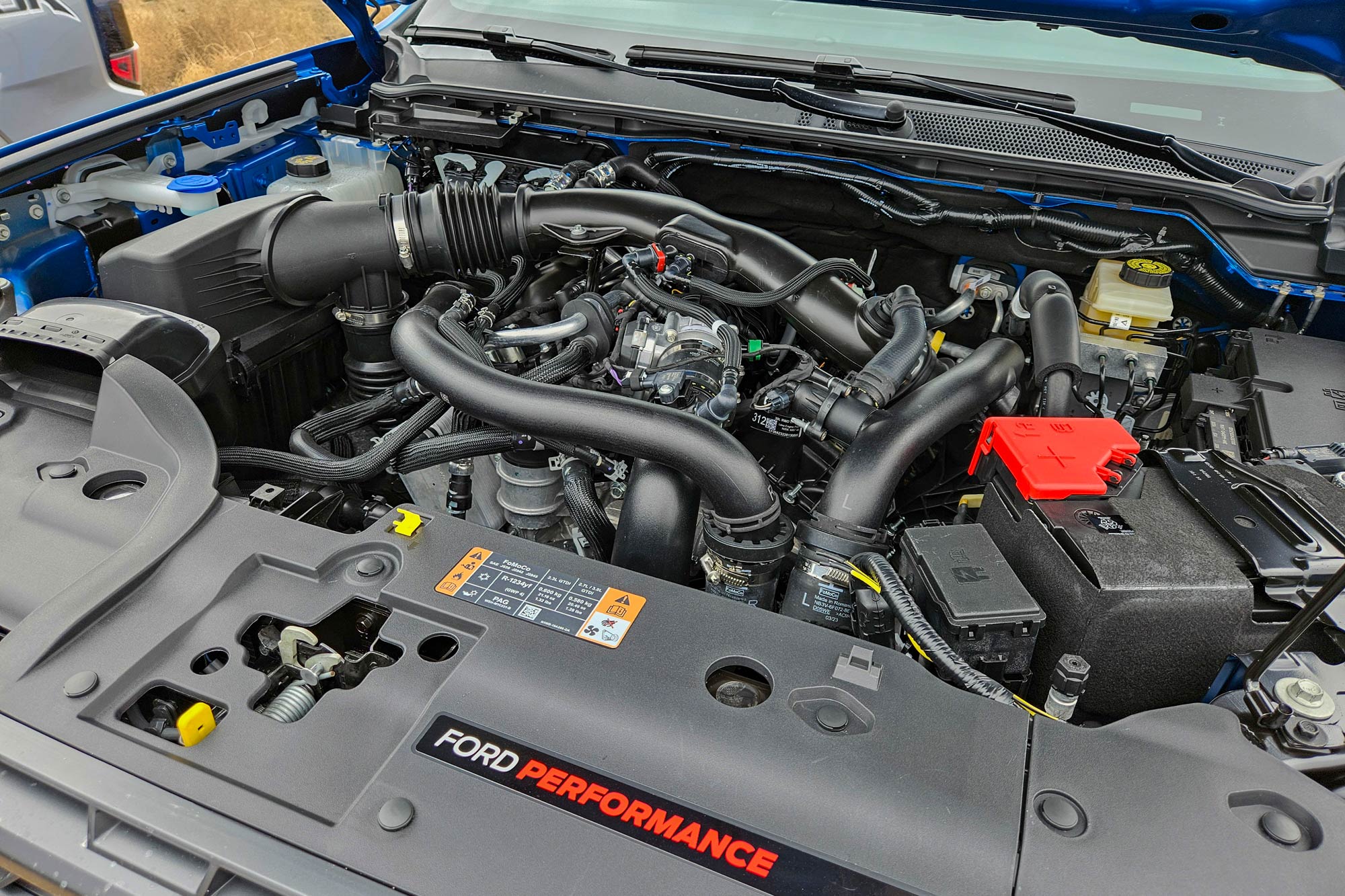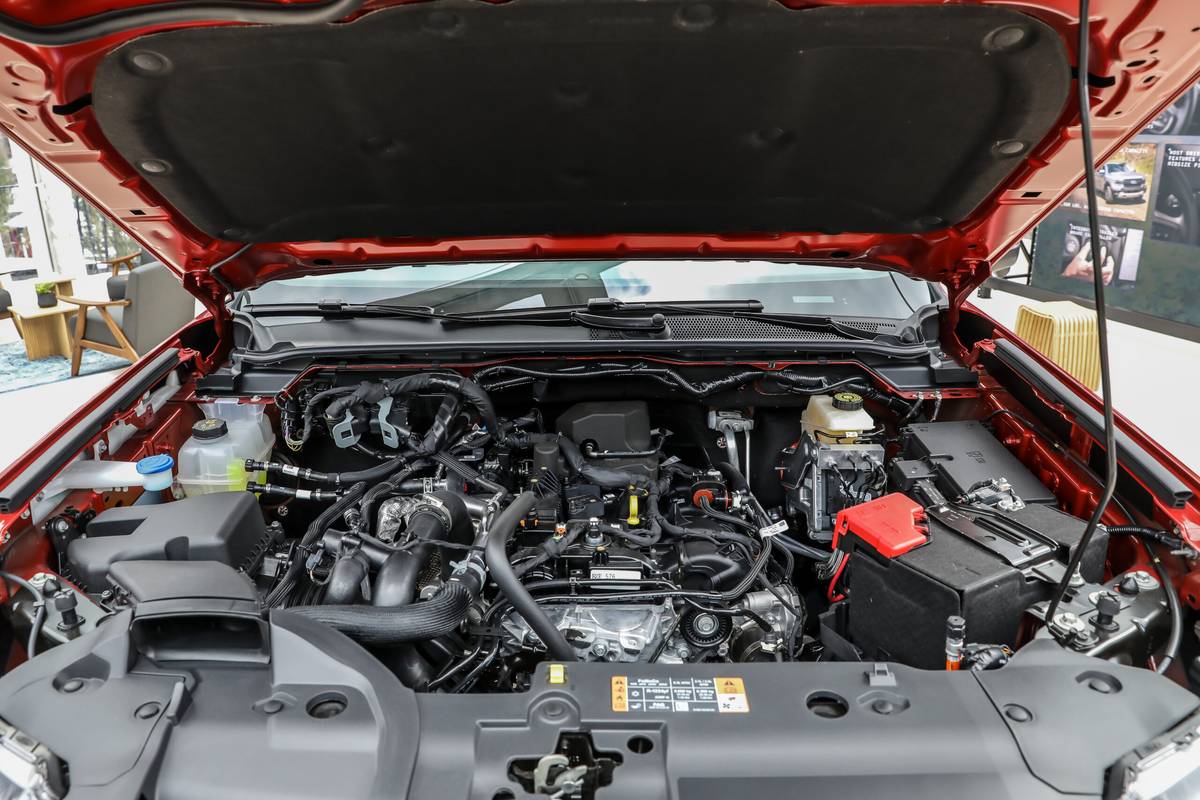Get to Know the Power and Reliability of the 2.2 Ford Ranger Engine for Any Job
Get to Know the Power and Reliability of the 2.2 Ford Ranger Engine for Any Job
Blog Article
What Makes a Cars And Truck Engine Run Efficiently: Leading Tips for Optimum Treatment
The smooth procedure of an auto engine is fundamental to both performance and longevity, making optimum care a vital obligation for vehicle owners. Trick methods, such as regular oil modifications, keeping coolant degrees, and checking air filters, are important yet commonly ignored. In addition, the value of inspecting stimulate plugs and making sure appropriate tire pressure can not be understated. Understanding how these aspects adjoin can enhance not only the performance of your automobile but likewise your general driving experience. What particular actions should you focus on to guarantee your engine remains in peak condition?
Regular Oil Adjustments
Among the most critical facets of vehicle upkeep is ensuring your engine gets normal oil modifications. Engine oil lubes interior components, reduces friction, and aids preserve ideal operating temperature levels. Gradually, oil weakens due to heat, impurities, and the natural byproducts of combustion, leading to reduced performance and prospective engine damage.
Many manufacturers recommend transforming the oil every 5,000 to 7,500 miles, however this period can differ based upon driving problems and oil kind. As an example, artificial oils might enable longer periods in between changes. Regular oil changes not only boost engine efficiency however additionally improve gas performance, as tidy oil advertises smoother operation.
Disregarding oil adjustments can cause sludge build-up, which impairs flow and can lead to extreme engine concerns. It is vital to inspect oil levels on a regular basis and keep track of for any kind of unusual changes in shade or uniformity, which might show contamination or deterioration.

Keeping Coolant Levels
Preserving appropriate coolant degrees is crucial for avoiding engine overheating and making certain optimum efficiency. The coolant, generally a combination of water and antifreeze, circulates with the engine, soaking up warm and preventing thermal stress. Insufficient coolant can bring about boosted engine temperature levels, which might create extreme damages and even overall engine failure.
To keep optimal coolant levels, regularly check the coolant reservoir, usually located in the engine bay. Make certain the coolant is filled to the recommended mark, as indicated in your automobile's owner guidebook. It is advisable to examine the degrees at the very least when a month or before lengthy trips, particularly throughout severe climate conditions.
If you discover that the coolant level is continually low, there might be a leak in the air conditioning system, which must be attended to without delay to stop further difficulties. 2.2 ford ranger engine. Additionally, purging the coolant system every 2 to 3 years can assist eliminate any built up debris and ensure effective warmth exchange
Checking Air Filters

It is suggested to examine the air filter every 12,000 to 15,000 miles, or extra frequently if driving in dusty or unfavorable conditions. A basic visual inspection can frequently expose whether the filter is filthy or damaged. It should be changed immediately. if the filter appears stained or has visible dust build-up.
Making use of a high-grade air filter designed for your particular automobile design can further enhance engine performance. In addition, some vehicles may take advantage of reusable filters that can be cleansed and reinstalled, providing a cost-efficient and ecologically friendly option.
Inspecting Spark Plugs
Glow plugs are vital elements of a vehicle's ignition system, straight affecting engine performance and efficiency. They click reference produce the trigger that ignites the air-fuel mixture in the combustion chamber, facilitating the engine's power generation. Regular examination of trigger plugs is vital for maintaining optimum engine function and protecting against prospective concerns.
During an inspection, search for indicators of wear or damages, such as splits, carbon buildup, or too much gap widening. A healthy and balanced ignition system normally shows a light brown or tan shade. Dark residue or oil deposits can show inappropriate combustion, while a blistered or white appearance might suggest overheating. Both problems require prompt attention to avoid additional engine damages.
It's recommended to evaluate stimulate plugs every 30,000 miles, or as suggested in your car's proprietor manual. Additionally, think about changing them according to the supplier's guidelines, as worn or old ignition system can result in misfires, reduced gas effectiveness, and boosted discharges.
Surveillance Tire Stress
Guaranteeing appropriate tire pressure is a critical element of vehicle safety and efficiency. Under-inflated tires can bring about lowered gas efficiency, increased tire wear, and compromised handling. On the other hand, over-inflated tires can reduce grip and increase the risk of blowouts. Therefore, routine monitoring of tire stress is vital for optimum car procedure.
Tire stress must be checked at least as soon as a month and in the past long trips. Make use of a reputable tire stress gauge to measure the stress when the tires are chilly, preferably prior to the car has actually been driven for a minimum of three hours. Refer to the automobile's proprietor manual or the placard situated on the driver's side door jamb for the supplier's recommended stress degrees.
It is essential to note that tire pressure can fluctuate imp source with modifications in temperature; a drop of 10 ° F can lead to a 1-2 psi reduction in stress. read this post here In addition, visually evaluate tires for any signs of wear or damage throughout your monitoring routine. Preserving correct tire stress not just boosts car safety however also enhances fuel efficiency and extends tire life, ultimately adding to a smoother engine performance.
Verdict
Finally, maintaining a vehicle engine's smooth operation needs attentive focus to a number of crucial aspects. Normal oil adjustments, proper coolant degrees, tidy air filters, properly maintained ignition system, and ideal tire stress jointly add to improved performance and longevity. Complying with these upkeep techniques not only improves fuel efficiency but also promotes a much safer driving experience. Eventually, a proactive method to engine treatment is important for guaranteeing reliability and capability over time. 2.2 ford ranger engine.
One of the most vital elements of automobile maintenance is guaranteeing your engine gets routine oil adjustments. Engine oil lubes interior elements, lowers friction, and aids maintain ideal operating temperatures. Normal oil adjustments not only improve engine efficiency however also improve gas efficiency, as clean oil promotes smoother procedure.
Insufficient coolant can lead to boosted engine temperature levels, which may trigger extreme damage or even total engine failure.

Report this page